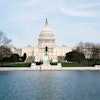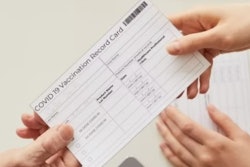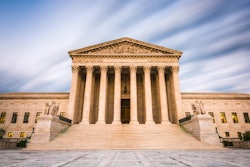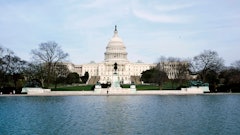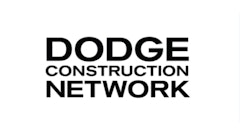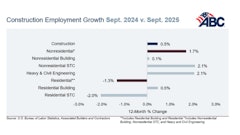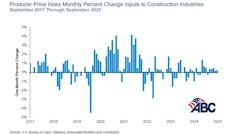
On November 12, 2021, the Fifth Circuit Court of Appeals reaffirmed its stay pending judicial review of the OSHA COVID-19 Vaccination and Testing Emergency Temporary Standard in a lawsuit by several private companies and other groups challenging the ETS. The Fifth Circuit entered a long opinion in which it issued a preliminary stay of the law pending litigation.
In response to the stay, OSHA announced, “While OSHA remains confident in its authority to protect workers in emergencies, OSHA has suspended activities related to the implementation and enforcement of the ETS pending future developments in the litigation.”
JDSupra.com suggests that as of today, employers are not under any obligation to comply with the ETS’s December 5, 2021 and January 4, 2022 deadlines. However, employers should beware that this pause on implementation does not mean that the ETS has been struck down or that OSHA will rescind or decline to enforce it. Because the Sixth Circuit will determine whether to maintain, lift, or modify the Fifth Circuit’s stay, the ETS could be reinstated at any time.
As of November 12, there were 34 lawsuits in all 12 of the nation’s federal circuits challenging the legality of the ETS. As a result, under a procedural mechanism that allows similar cases to be consolidated and heard by one federal circuit, the combined cases were assigned by random lottery to the Sixth Circuit Court of Appeals.
Most observers agree that whatever the outcome in the Sixth Circuit, it will be appealed and the Supreme Court will make the final decision on whether or not businesses with 100 or more employees will be required to comply with OSHA’s COVID-19 Vaccination and Testing Emergency Temporary Standard.
Legal analysis posted by Justia.com on November 22 suggests the ETS faces substantial questions of statutory authority. The commentary points out:
- ‘problematic assumptions underlying the grave-danger determination
- ‘lack of an adequate cost-benefit analysis
- ‘overly broad coverage
- ‘timing discrepancies that weigh against the required necessity determination for the ETS.’
Authors of the analysis posted at Justia.com, Samuel Estreicher and Ryan Amelio, conclude, “The combination of these factors with the uncertainty regarding the availability of religious or other exemptions and OSHA’s authority to require vaccination and testing all cast serious doubt on the validity of the November ETS.”
But even with the uncertainty posed by its legal challengers, risk managers all over the country are counseling covered employers to prepare to implement required policies and practices, including the logistics of processing employee requests for medical and religious exemptions.
“It's not the case that come December 5, for the very first time employers have to have COVID programs in place; this [the ETS] is more old news than not,” says Gary Pearce, chief risk architect at risk-management technology provider Aclaimant. “What's new is some specifics in the program. So as a consequence, there won't be a whole lot of patience for organizations that aren't ready.”
Because a decision could be issued at any time, and the ETS is immediately enforceable, it is possible that employers will be required to comply with the ETS on a tight schedule. More information about employer obligations under the ETS is available here.
And as Pearce points out, “some of the things that are new are going to be pretty darn difficult,” to accomplish. The final, currently January 4, deadline at which workers must be vaccinated or begin weekly COVID screening tests demands action significantly sooner.
“You have to have completed your process by then, and for those using a two-dose vaccination protocol, OSHA requires 17 days in between the two dosages,” says Pearce. “So when you work backwards, people have to start getting with the program by the middle of December, unless they're going to use the one-dose J&J [Johnson & Jonson vaccine]. If you've had one dose, but not the second of Pfizer, or Maderna, as of January 4, you have to be excluded from the workplace [until you complete the vaccination protocol].”



